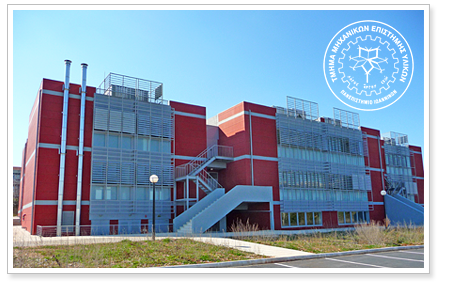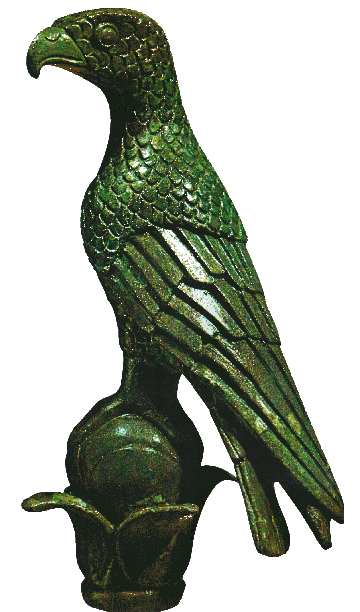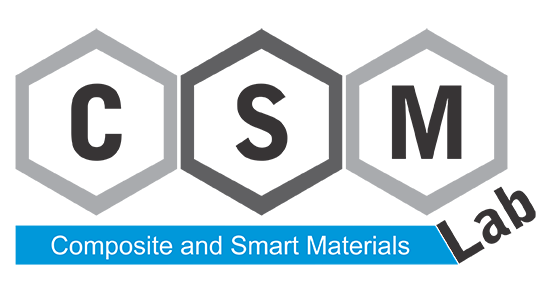
Composite and Smart Materials Laboratory (CSML) - Materials Engineering department - University of Ioannina
The Composite & Smart Materials Laboratory (CSML) was established in 2007, as part of the Mechanics and NDE Division of the Department of Materials Science and Engineering (DMSE), University of Ioannina.
The mission of the CSML is to provide education and research in the field of Advanced Composite Materials and Structures with special emphasis in Non-Destructive Evaluation and Multiple Smart Functionalities. In the area of destructive evaluation emphasis is given in the durability of composite materials (wear behavior, mechanical / thermomechanical characterization, environmental loading, fracture and fatigue). Research activities include hierarchical Composites and interfaces, biodegradable micro/nano-composites: manufacturing and processing, smart multifunctional materials and structures, and novel NDE and process monitoring technique development based on Thermal, Optical and Electrical stimulation/ response of the interrogated structures.
Since its foundation, CSML features more than 150 journal and conference publications, cited more than 2400 times, a significant number of national and international collaborations, the hosting of the “Emerging Technologies in Non-Destructive Testing” international conference and the organization of the summer school on "Composite and Smart Materials: Theory and Applications" in collaboration with the Aristotle University of Thessaloniki and Texas A& M University. CSML has attracted approximately M€2 funding, almost in total (>97%) from competitive research programs and private collaborations.
The academic members of CSML are responsible for the teaching (or co-teaching) of 10 theoretical and laboratory undergraduate courses in the DMSE curriculum and 4 courses in the recently established postgraduate course of DMSE, “Advanced Materials”. In CSML, more than 15 postgraduate students (MSc or PhD) work in a variety of research projects and more than 20 undergraduate students perform their final year project.
Useful links
University of Ioannina: http://www.uoi.gr/en/
Materials Engineering department: http://www.materials.uoi.gr/index.html



